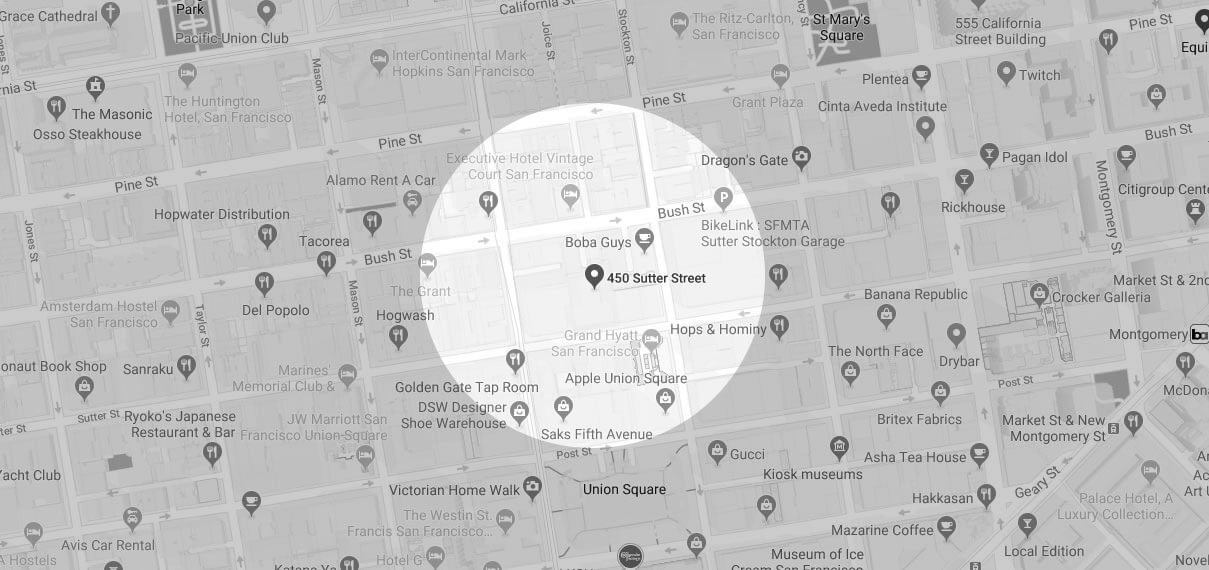By Dr. Maria Rodriguez, My Dentist San Francisco
Introduction
Orthodontic treatments, often seen by patients as merely braces or aligners to straighten teeth, are an intricate blend of art and science. As a practicing dentist at My Dentist San Francisco, I've found that while many appreciate the results, few truly grasp the underlying processes and the complexity involved. This article aims to pull back the curtain on the unseen world of orthodontics.
Every individual's oral anatomy is unique, and so is their orthodontic journey. The alignment of teeth isn't just about aesthetics, but also function, comfort, and long-term oral health. I invite you on a journey behind the scenes, diving deep into the technicalities and science that steer the magic of orthodontics. Orthodontic treatment is a commitment, often spanning months to years. Understanding the intricacies can enhance one's appreciation and commitment to the process, ensuring better results and patient satisfaction.

The Initial Assessment
Orthodontic interventions always begin with a comprehensive diagnosis. Advanced diagnostic tools, including digital X-rays, 3D imaging, and intraoral scanners, provide a detailed insight into the craniofacial structure, teeth positioning, and bite relationships.
The collected data aids in crafting a personalized treatment plan. By assessing not only the visible misalignments but also the hidden issues, I ensure that the chosen orthodontic solution addresses the root causes and not just the superficial problems. Such in-depth analysis also uncovers potential complications that might arise during treatment. Foreseeing these challenges allows for preemptive modifications, ensuring smoother treatment progression and enhanced outcomes.
Biomechanics and Tooth Movement
At its core, orthodontics is rooted in biomechanics. Teeth aren't rigidly fixed in the jawbone; they're held in place by periodontal ligaments. By applying precise forces through braces or aligners, these ligaments are stressed, causing bone resorption on one side and deposition on the other, resulting in tooth movement. The magnitude, direction, and duration of these forces are meticulously calculated. Over or underestimating these can lead to undesirable outcomes, including root resorption, delayed movement, or even loss of teeth vitality. A nuanced understanding of biomechanics ensures safe and efficient movement.
Consistent monitoring is vital. The response of teeth to the applied forces can sometimes be unpredictable due to individual variations. Regular check-ups and adjustments, based on the observed movement, are imperative to stay on the desired treatment course.
Braces: Types and Techniques
Braces, the quintessential orthodontic tool, have evolved significantly. Traditional metal braces, with their brackets and wires, are just one of the many available options today. Ceramic braces, lingual braces, and self-ligating braces each come with their distinct advantages and indications.
The choice of braces isn't arbitrary. Factors such as the complexity of misalignment, patient's age, aesthetic concerns, and even oral hygiene habits play a role. While metal braces might offer versatility in treatment, ceramic or lingual braces cater to those seeking a more discreet option. The technique of placing braces, anchoring them, and adjusting them is a testament to the dentist's skill. Precision in bracket placement, wire bending, and force application can significantly influence the treatment's speed and quality.
Aligners: Revolutionizing Orthodontics
In recent years, clear aligners have taken the orthodontic world by storm. These virtually invisible trays are custom-made, employing 3D printing technology, and progressively move the teeth to their desired positions. The creation of aligners is a fusion of art, science, and technology. Digital impressions of the teeth are manipulated using specialized software to simulate the desired movement. Based on this virtual plan, a series of aligners are crafted, each designed to accomplish a specific phase of the movement.
Aligners offer several benefits, including aesthetics, comfort, and hygiene. However, their success relies heavily on patient compliance. Being removable, they require dedication in wearing them for the recommended duration, typically 20-22 hours a day.
Orthodontic Auxiliaries
Apart from braces and aligners, orthodontic treatment might require the use of additional tools. Spacers, rubber bands, archwires, coils, and headgear are some of the auxiliaries that enhance and expedite the treatment process. Each of these auxiliaries has a specific function. For instance, spacers create necessary space between teeth, ensuring smooth placement of braces. Headgear, on the other hand, can apply external forces, assisting in the movement of molars or modifying jaw growth.
Employing these tools demands an in-depth understanding of their mechanics and effects. Incorrect usage can not only hamper the treatment but also lead to complications. Hence, they are integrated into the treatment plan judiciously, based on individual needs.
Oral Hygiene During Treatment
Orthodontic appliances, whether braces or aligners, can be challenging to maintain a clean mouth. The nooks and crannies can harbor food particles, leading to plaque buildup and potential oral issues like cavities and gum diseases.
Ensuring impeccable oral hygiene is paramount. Specialized orthodontic brushes, water flossers, and interdental brushes become indispensable tools. I often emphasize to my patients at My Dentist San Francisco the importance of diligent cleaning, regular dental check-ups, and professional cleanings during their orthodontic journey. While the treatment aims to enhance aesthetics and function, neglecting oral hygiene can have counterproductive effects. Educating patients on proper maintenance techniques is as vital as the treatment itself.
Retention: Preserving the Results
Once the active phase of orthodontic treatment concludes, the retention phase begins. This phase is crucial to stabilize the teeth in their new positions, preventing them from reverting to their original state, a phenomenon known as relapse.
Retainers, either fixed or removable, are employed. Their design and usage are tailored to the patient's needs, ensuring optimal results. For some, a nightly removable retainer might suffice, while others might benefit from a permanent bonded retainer.
Regular follow-ups during this phase are essential. Monitoring the stability of the results, ensuring retainer integrity, and making necessary adjustments are pivotal to safeguard the achieved outcomes.
Wrapping Up
Orthodontics in San Francisco, while outwardly appearing as mere tooth realignment, is a symphony of science, art, technology, and patient commitment. Every phase, from initial assessment to retention, requires precision, expertise, and care.
My years at My Dentist San Francisco have reinforced my belief in the transformative power of orthodontics. However, the journey is collaborative. By understanding the intricacies behind the scenes, patients can play a more active and informed role, ensuring exemplary results. After all, a perfect smile is a joint masterpiece crafted by both the dentist and the patient.



